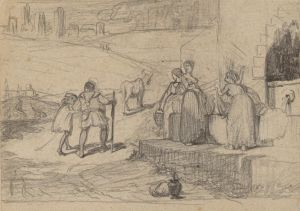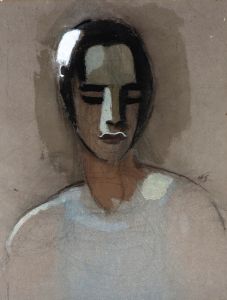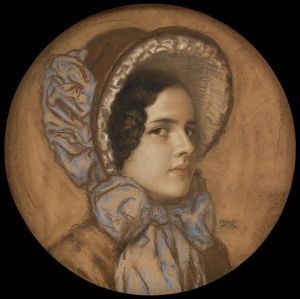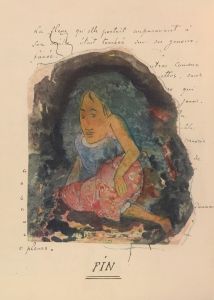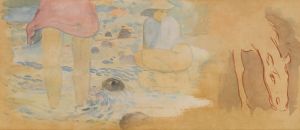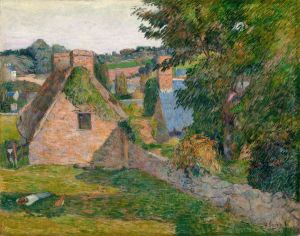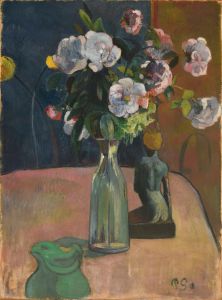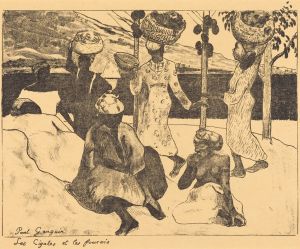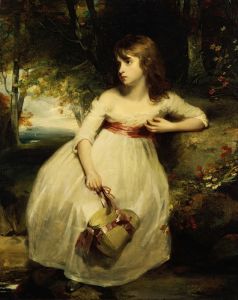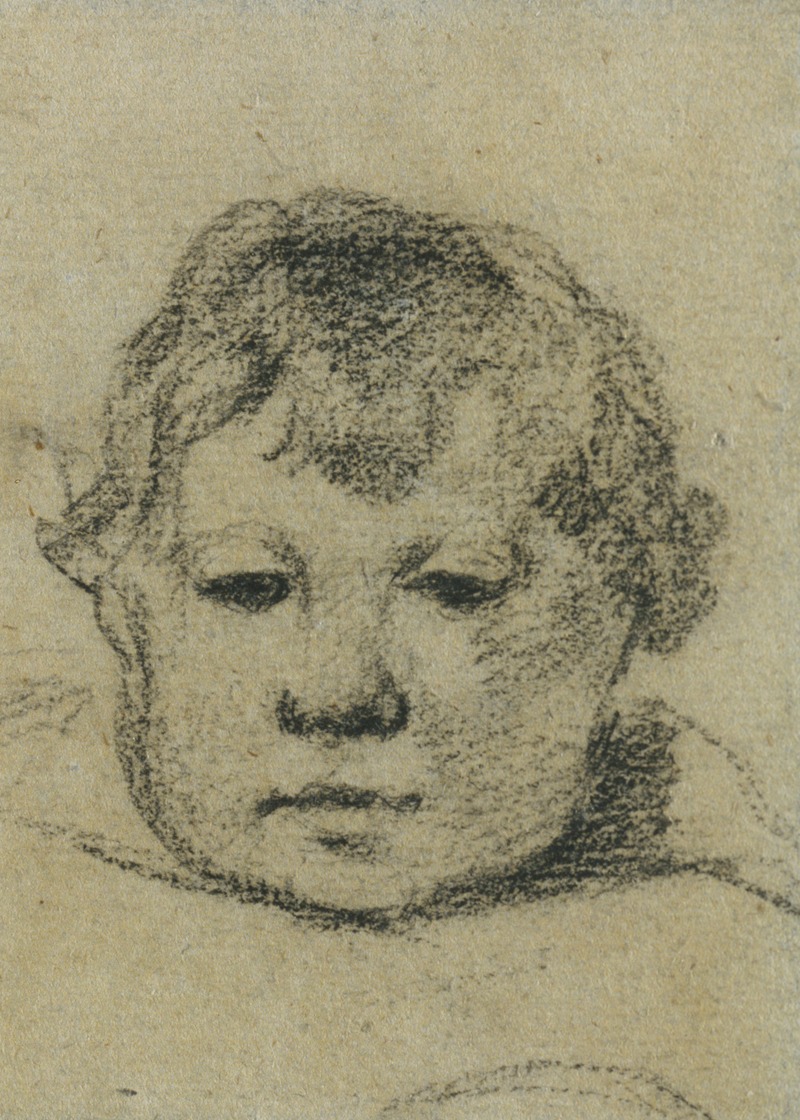
Emil Gauguin as a Child
A hand-painted replica of Paul Gauguin’s masterpiece Emil Gauguin as a Child, meticulously crafted by professional artists to capture the true essence of the original. Each piece is created with museum-quality canvas and rare mineral pigments, carefully painted by experienced artists with delicate brushstrokes and rich, layered colors to perfectly recreate the texture of the original artwork. Unlike machine-printed reproductions, this hand-painted version brings the painting to life, infused with the artist’s emotions and skill in every stroke. Whether for personal collection or home decoration, it instantly elevates the artistic atmosphere of any space.
Paul Gauguin, a prominent French post-Impressionist artist, is well-known for his bold use of color and synthetist style that were distinctly different from Impressionism. Among his many works, "Emil Gauguin as a Child" is a painting that captures a personal aspect of his life, focusing on his family.
"Emil Gauguin as a Child" is a portrait of Gauguin's son, Emil. The painting is believed to have been created during a period when Gauguin was exploring new artistic techniques and themes, moving away from traditional European art forms. This period was marked by his interest in primitivism and his eventual travels to Tahiti, although this particular work focuses on a more intimate and personal subject.
The painting depicts Emil as a young child, capturing the innocence and simplicity of childhood. Gauguin's use of color in this work is characteristic of his style, employing vivid and expressive hues that convey emotion and depth. The background and surroundings in the painting are kept relatively simple, allowing the focus to remain on the child. This simplicity is a hallmark of Gauguin's approach, where he often emphasized the subject by reducing unnecessary details.
Gauguin's relationship with his family was complex, and his frequent travels and financial instability often kept him away from them. Despite these challenges, his children occasionally appeared in his works, suggesting that they held a significant place in his life and art. "Emil Gauguin as a Child" is a testament to this connection, offering a glimpse into the personal side of Gauguin's artistic journey.
The painting is also reflective of Gauguin's broader artistic goals during this time. He sought to break away from the conventions of European art, aiming to capture more profound truths and emotions through his work. By focusing on his son, Gauguin was able to explore themes of family, identity, and the passage of time, all of which were central to his artistic vision.
While specific details about the painting's creation, such as the exact year it was painted or its current location, might not be extensively documented, "Emil Gauguin as a Child" remains an important piece within Gauguin's oeuvre. It highlights his ability to blend personal narrative with broader artistic exploration, making it a valuable work for understanding both his personal life and his contributions to the art world.
In summary, "Emil Gauguin as a Child" is a poignant example of Paul Gauguin's work, showcasing his unique style and personal subject matter. Through this painting, Gauguin not only captures the essence of his son but also reflects his own artistic journey and the themes that were important to him.





